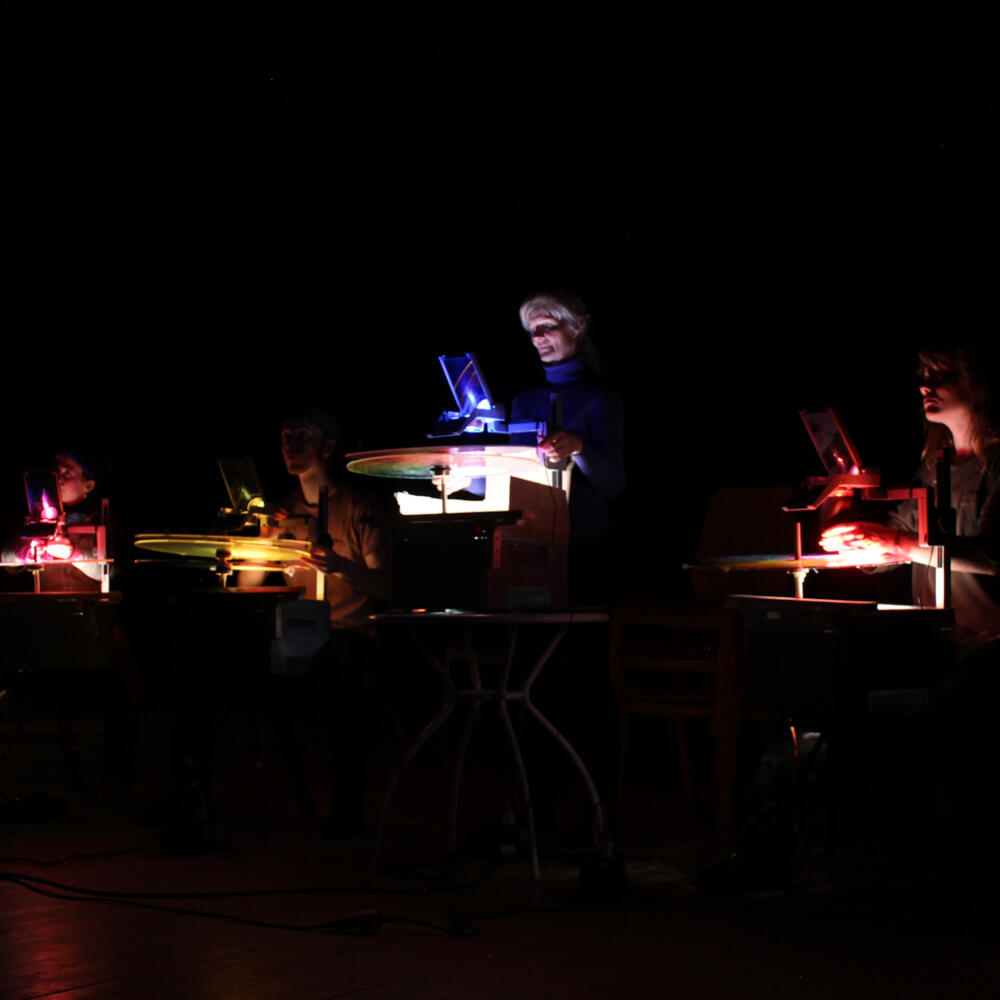Human Beings and Digital Technology: The Third Way
by Omer Eilam
While contemplating our relationship with technology I would like to evoke three strong images and relate them to three experiences that took place during the Digital Technology and Spirituality conference in Dornach, February 2024.
In a conversation group during the conference we discussed the various injustices that stem from the advancement of technology: the exploitation of workers, the extractions of rare minerals from the earth, the vast amounts of energy consumption, etc. A young farmer who lives in a Camphill community raised the question of what does all of this have to do with him? He does not support big tech companies and so why should he bear responsibility for their actions? What came to my mind is the image of Lucifer and Ahriman fleeing from the gates of the Essenes as described by Rudolf Steiner in the Fifth Gospel. The Essenes were a strict spiritual order in Palestine during the time of The Mystery of Golgotha. Their strong separation from the world meant that evil forces could not enter through their gates and were therefore forced back into the world. The first type of relationship with technology is thus one of escape – keeping it at arms length and thereby inevitably pushing the responsibility of dealing with it to others.
In another talk given by Sebastian Lorenz he characterized the three basic cognitive forms of higher knowledge: Imagination, Inspiration, and Intuition. Each was portrayed by an arrow rising up from a horizontal line which signified the natural world towards the spiritual. Three corresponding arrows were drawn, but this time facing downwards toward sub-nature. They portrayed digital screens, headphones, and virtual reality. Each was said to be repressing one of the cognitive capacities mentioned above. And so the lecture concluded with the message that digital technology has many detrimental impacts, and while we cannot completely suppress them we can do our best to counterbalance them by exercising our capacities for higher cognition. While such a characterization is useful in some cases, it stems from a relationship with technology which is largely hedonistic. In this image the human being is seen as an uncreative consumer who enjoys the superficial boons of technology while trying to keep its addictive powers in check and stop is virality from spreading too far.
In a subsequent talk by Matthias Rang he portrayed a third image: instead of opposing forces, technology and art were imagined as brother and sister, born at the same time as a manifestation of human creativity but grown apart over the centuries. Indeed one can sense that the beauty that accompanied the greatest technological innovations of bygone ages – the pyramids in Egypt, the Greek marble structures – is largely absent in modern times. Similarly, many contemporary artists who still strive for beauty feel as if they need to shy away from technology. Perhaps now is the time for the brother and sister to reunite by imbuing technology with artistic motives in the service of beauty. When seen in this light, one can start to engage with technology in a different way: as an artist.
The two performances that took place during the conference could be seen as manifestation of this third way. In the opening performance I presented an electronic music improvisation followed by my composition Solar System Meditation. The piece is a modern adaptation of Johannes Kepler's Music of the Spheres, where each planet corresponds to distinct sounds that continually evolve in time and space. The sonic processes that are set into motion in the piece embody a narrative – both mythological and scientific – that invites the listener to experience the nature of our solar system as it is captured in sound. The closing performance saw a collaboration between a small choir and an ensemble of light projectors conceived by Nathaniel Williams. Four overhead projectors we reimagined as light instruments projecting different colors and shapes on the screen which mixed in magical ways.
Taken together, these two performances complemented each other and shed light on how technology can be used creatively. As Nathaniel mentioned before the final performance: live light projection is not even mentioned in media studies; there is an expectation that the medium necessitates a fixed approach, i.e. film. I would add that with music the expectation is the other way around: audiences expect a live performance, and recordings are normally seen only as a replacement for the real thing. What both performances have shown is that these limitations are not part of the mediums themselves but only biases that we carry along with us. Light projection can be created live and sound projection can be fixed. Both are forms capable of transmitting meaningful artistic expression. And so, by letting go of our biases against technology the world can become much richer.
While the above description makes it clear which type of relationship with technology I try to advocate for, I do not wish to imply that the other types are wrong. Developing the right relationship with technology is an intimate and individual question which depends on the context as well as on the striving of each person. Indeed, there are times when we should seek refuge from the overwhelming powers of technology, and other times when we can enjoy its mundane pleasures.
Still, I believe that the third way mentioned above is largely forgotten and so I chose to bring it to the fore: instead of escaping or conquering technology, the human being shall bring about its redemption.
by Omer Eilam
Conference organizer, workshop leader, and performer

